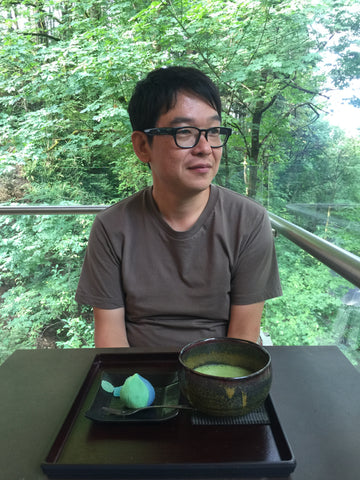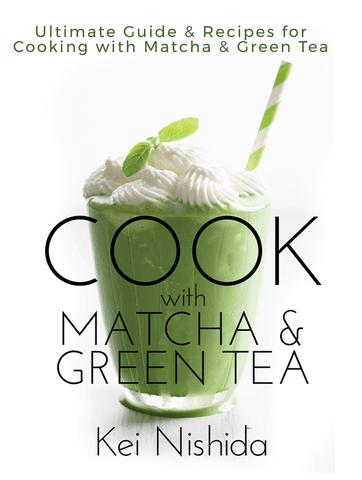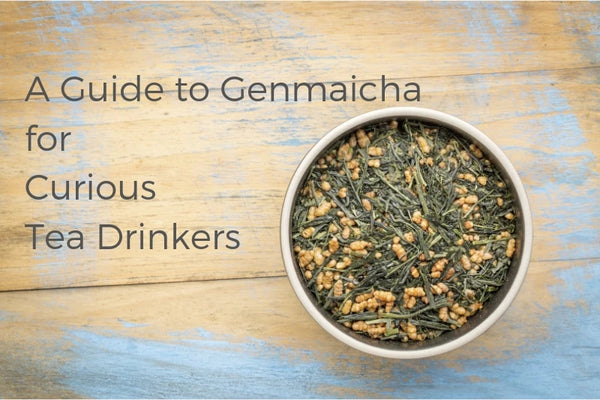
A Guide to Genmaicha for Curious Tea Drinkers
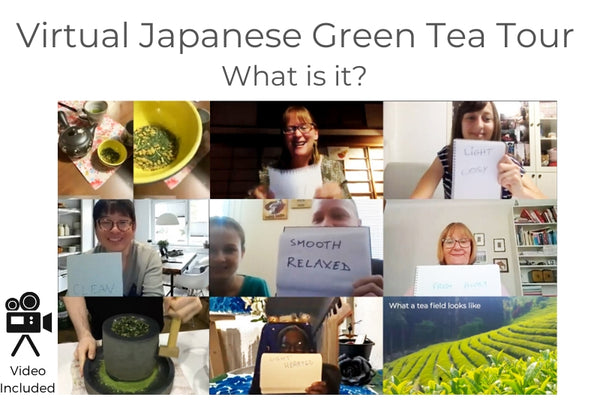
Virtual Japanese Green Tea Tour - What is it?
In this article (and a bit of video), I want to share with you a small segment of the virtual tour. Read on and watch the video of the piece of the actual tour here.
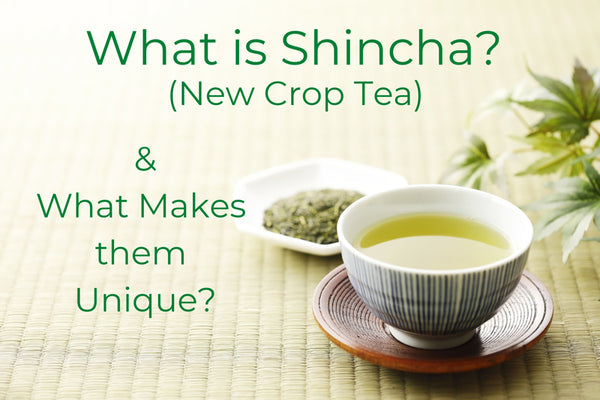
What is Shincha - New Crop Tea and What Makes them Unique?
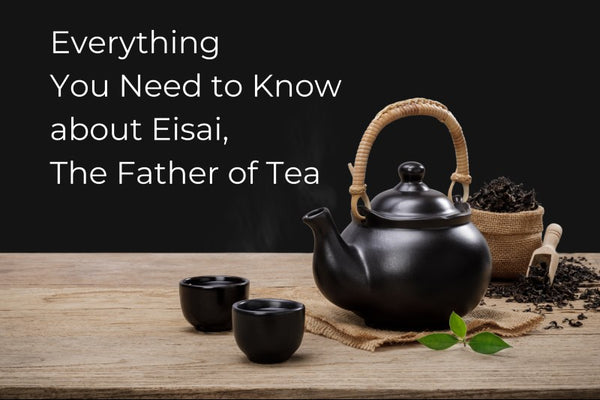
Everything You Need To Know About Eisai, The Father Of Tea
Eisai's full name is 'Myoan Eisai' (明菴栄西), and he was commonly known as Yōsai Zenji (栄西禅師) which translates to Zen master Eisai. In 1191, early Kamakura Period, Eisai visited the Sung-dynasty China and brought back new tea leaves to Kyoto and he wrote about it in 1214 in his first book, Kissa yojoki (喫茶養生記).
Read more about how Eisai has lived from childhood to becoming the "father of tea" legend.
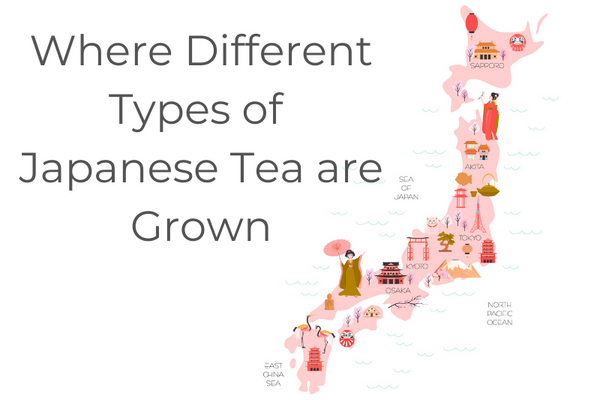
Where Different Types of Japanese Tea are Grown
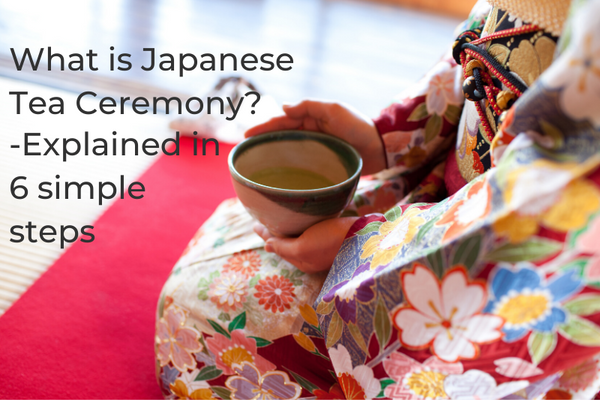
What is Japanese Tea Ceremony? – Explained in 6 Simple Steps
Chanoyu(茶の湯), Sado(茶道)or simply the Japanese tea ceremony is a ritual which is religiously followed in Japan. Japanese Matcha green tea is served in a series of choreographed steps with the host simply gliding through the whole ceremony.
Tea Ceremony is so deep, that there can be books of information, but I tried to summarize the ceremony in easy simple steps so that you can understand what they are.
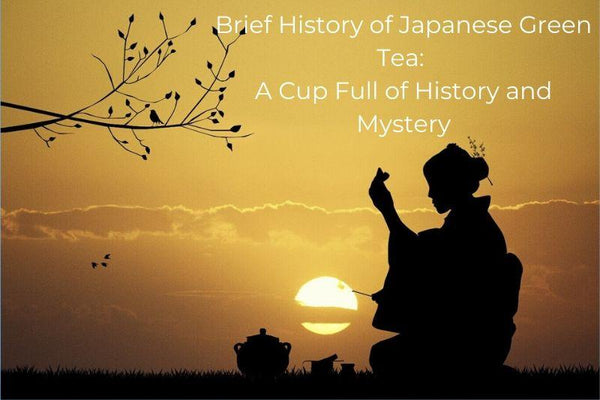
Brief History of Japanese Green Tea: A Cup Full of History and Mystery
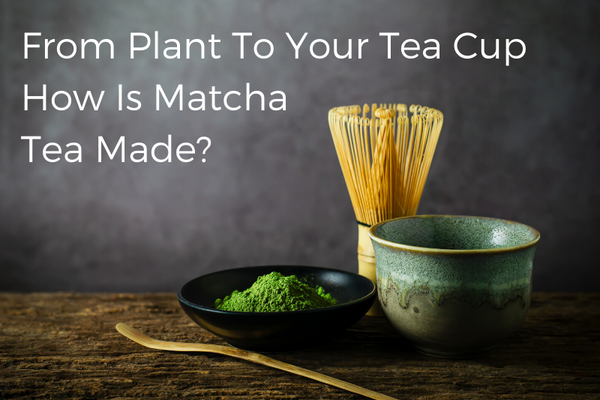
From Plant To Your Tea Cup How Is Matcha Tea Made?
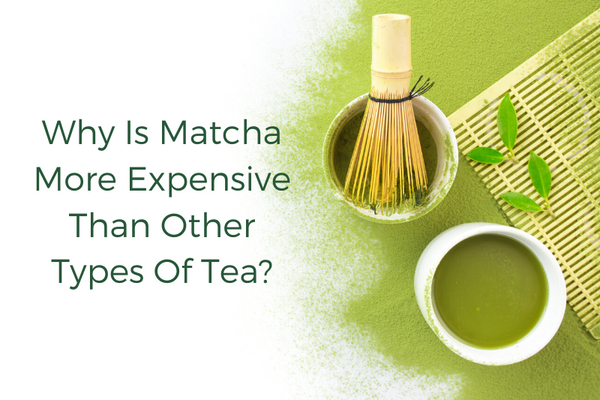
Why Is Matcha More Expensive Than Other Types Of Tea?
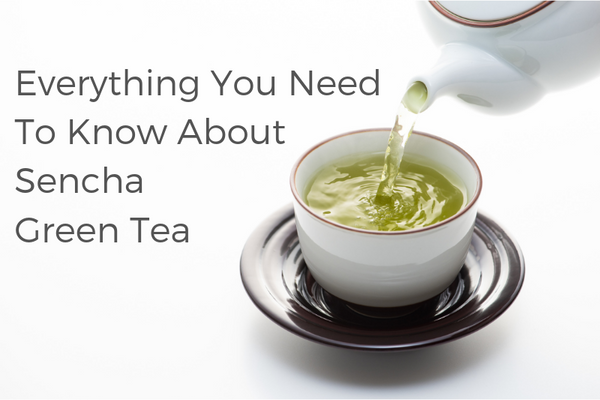
Everything You Need To Know About Sencha Green Tea
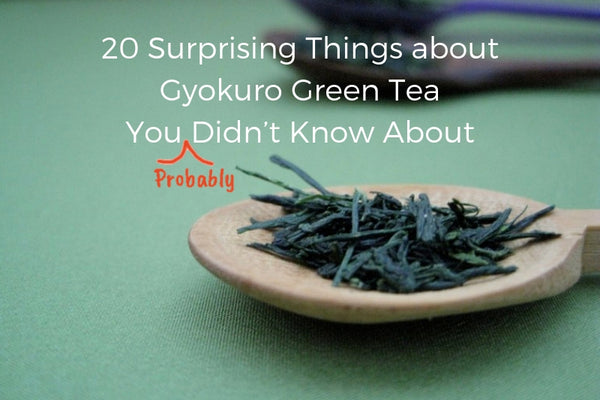
20 Surprising Things about Gyokuro Green Tea You Didn’t Know About
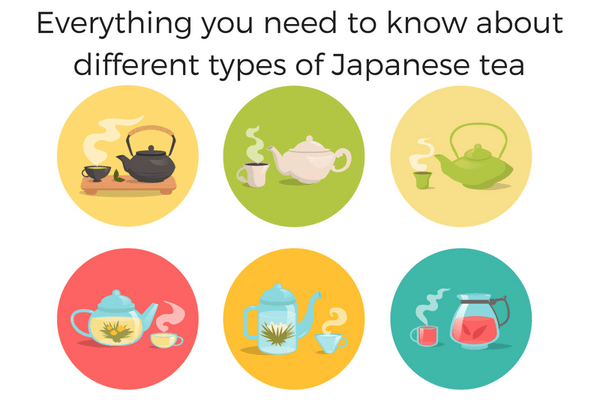
Everything You Need To Know About Different Types of Japanese Tea
The world of Japanese Green Tea is wide and wonderful, but it is sometimes confusing with all the terms used.
There are more than 100 total types of Japanese green tea names being used today. Names can refer to not the only type of tea, but they can also indicate which part of the tea plant is used, what kind of processing method was used, the name of the location where tea is farmed, etc.
Confused? This article explains more than 30 different types of Japanese tea. Bookmark this for your reference!
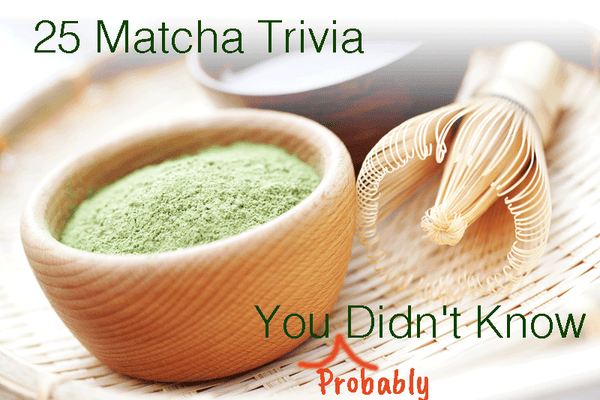
25 Matcha Trivia You (Probably) Didn't Know
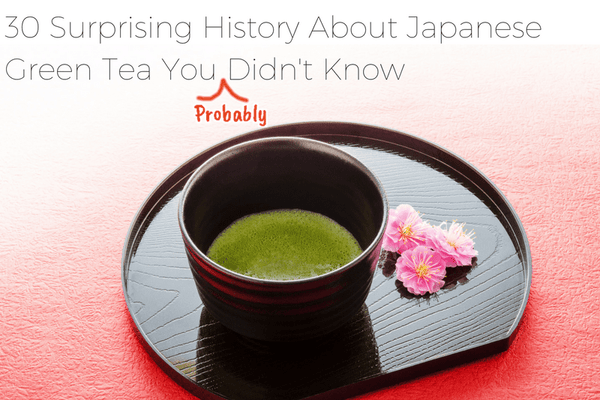
30 Surprising History about Japanese Green Tea You (Probably) Didn't Know
History tells us that green tea has been a part of Japan's culture for centuries. Today, green tea is still an important part of Japanese culture. If you were to visit Japan, you would find bottled and canned green tea wherever you went. You would even discover the Japanese love green tea ice cream.
It may surprise you to know that green tea in Japan is quite different from Chinese green tea in many ways. However, it was from China that green tea traveled into Japan.

Can Teapot Make Your Green Tea Taste Better? - Facts About Tokoname Teapot (常滑急須)
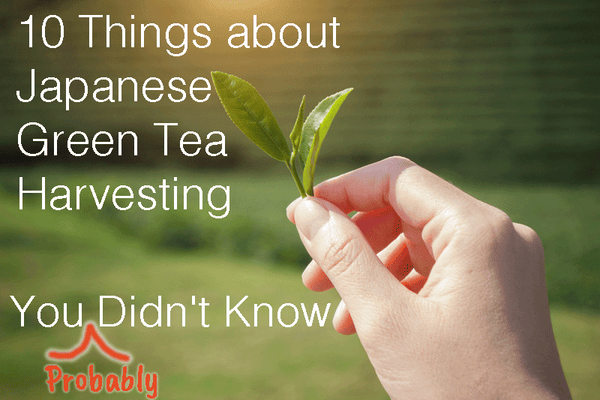
10 Things about Japanese Green Tea Harvesting You Didn't Know
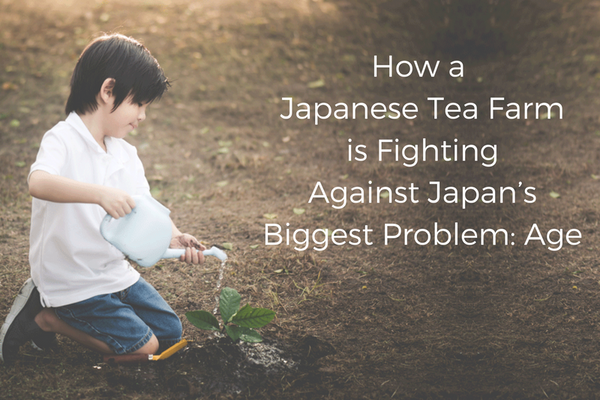
How A Japanese Tea Farm is Fighting Against Japan’s Biggest Problem – Age
This problem is hitting many of the respected tea farmers who have been in the industry for decades or even centuries.
The problem is: Japanese people are getting old.
In particular, tea drinkers in Japan are getting old. This article will show you why the green tea industry is facing the problem and a story of how one tea farmer is trying to combat the problem today.
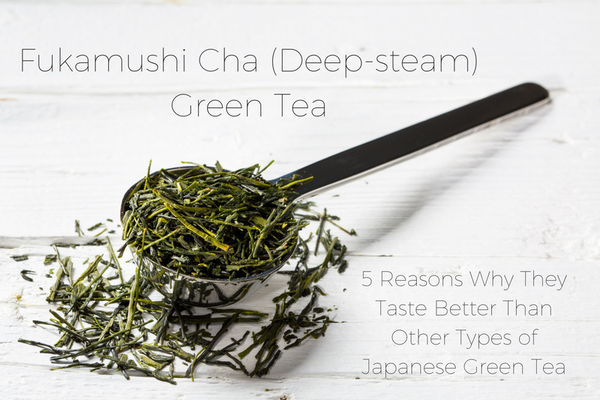
Fukamushi-Cha (Deep Steam)Green Tea - 5 Reasons Why They Taste Better Than Other Types of Japanese Green Tea
Fukamushi Cha, or deep-steamed green tea, is a flavor revelation for green tea fans, and its bolder, sweeter, richer taste can win over those who haven’t yet found a green tea favorite. The very special taste of fukamushi green tea is made possible by steaming the freshly harvested young leaves nearly twice as long as in other green teas, before being rolled dry.
What makes Fukamushi Green Tea taste so much better than other green teas? Here are five reasons that set it apart, contributing to its unique taste.
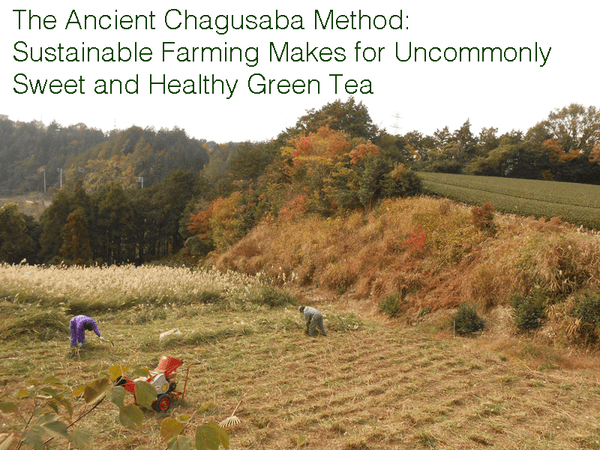
The Secret of Tea Grown In Sugarcane Soil
Many connoisseurs of tea consider Japanese green tea cultivated by the Chagusaba method to have an exceptionally sweet taste. Read more to learn how this ancient method is still being preserved in parts of Japan and throughout the world to create a rare green tea with sweet tones.
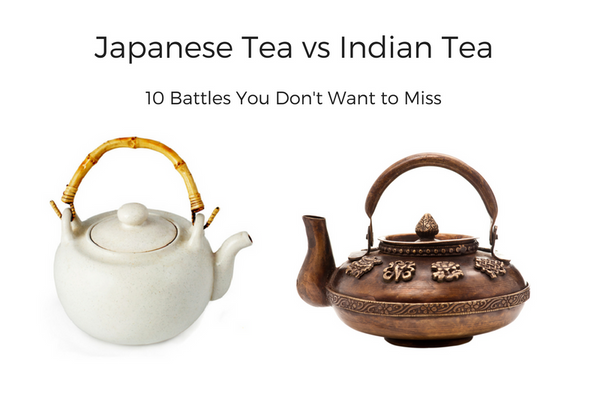
Japanese Tea vs Indian Tea - 10 Battles You Don't Want to Miss
India and Japan both have a love of tea that spans many centuries. The plant, Camellia Sinensis, is popular in both India and Japan and is used to produce most of the tea such as black, green, and white tea.
We will take a look at the many factors that show why tea is such a popular drink in these countries and how well Japanese Tea and Indian Tea will fair in a battle against each other.
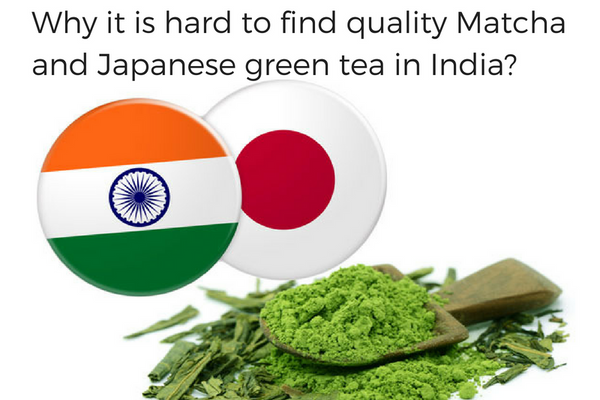
Why it is hard to find quality Matcha and Japanese green tea in India?
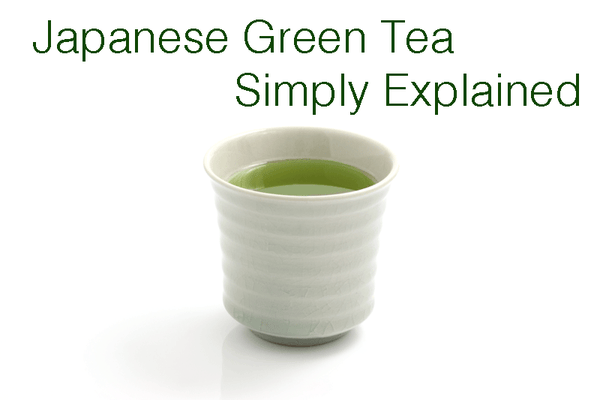
Japanese Green Tea - Simply Explained
Tea is the most popular drink on Earth, next to water. In around 80% of the world, most people prefer black tea to green tea. Yet, in Japan, green tea is the most consumed beverage, and it is a 6.95 trillion yen (7.8 billion dollar) a year industry. Green tea is embedded in the culture and day-to-day life since it was introduced by China in the 7th Century.
In this article, I will explain green tea, focused on Japanese green tea, how it came to Japan, what exactly is green tea and what are the benefits of drinking green.
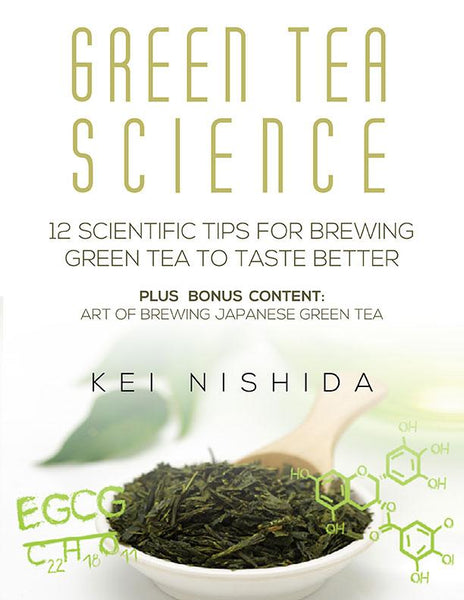
Green Tea Science Brewing Technique Book - Green Tea Science, Brewing Technique Book - 12 Scientifically Proven Techniques to Make Your Green Tea Taste Better and Healthier
Download our Green Green Tea Science Brewing Technique Book to learn about 12 Scientific Tips for Brewing Green Tea to Taste Better.
The E-Book also includes the chapter of Kei Nishida's book, "Art of Brewing Japanese Green Tea" where he teaches you how to brew hot and cold Japanese Green Tea.


